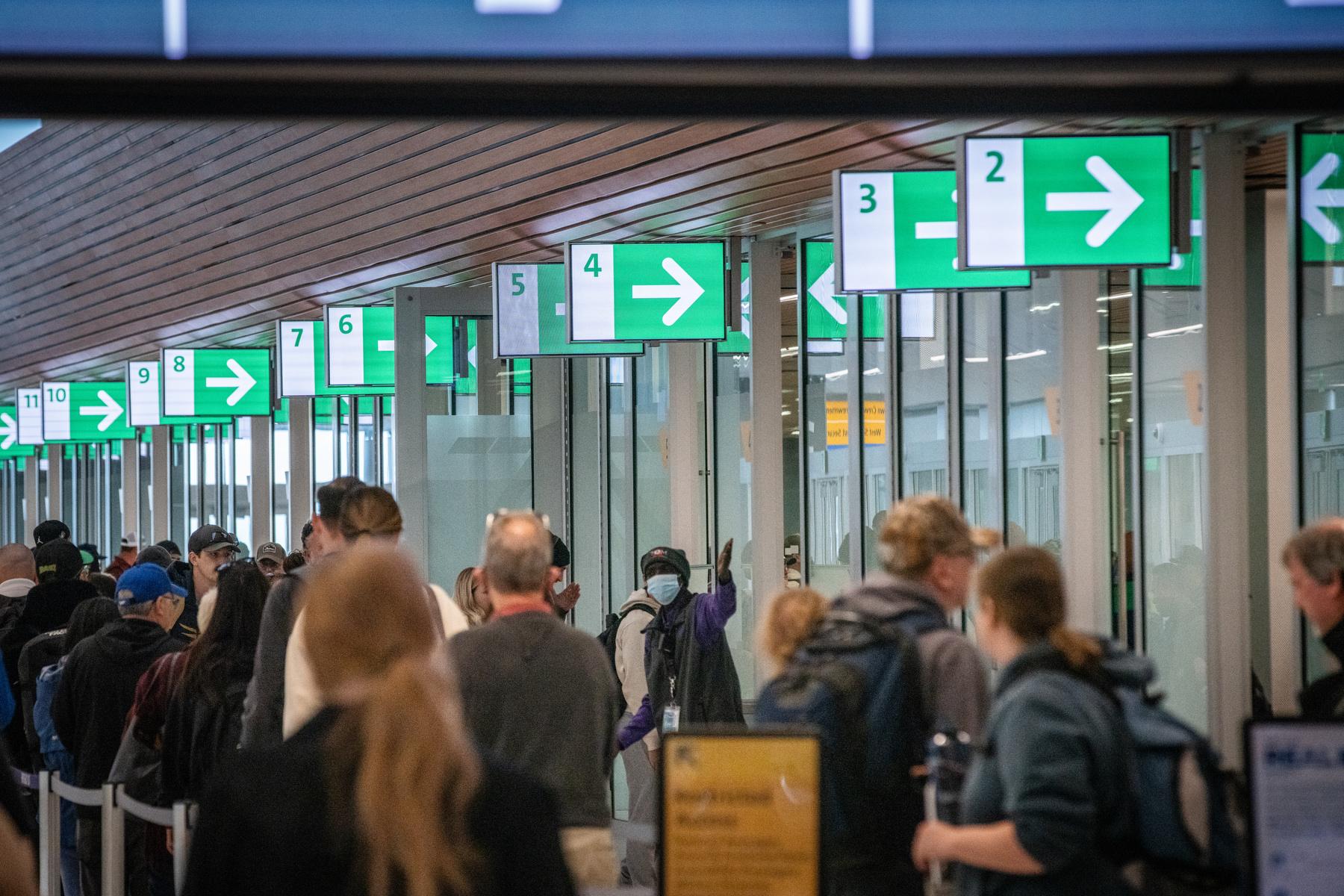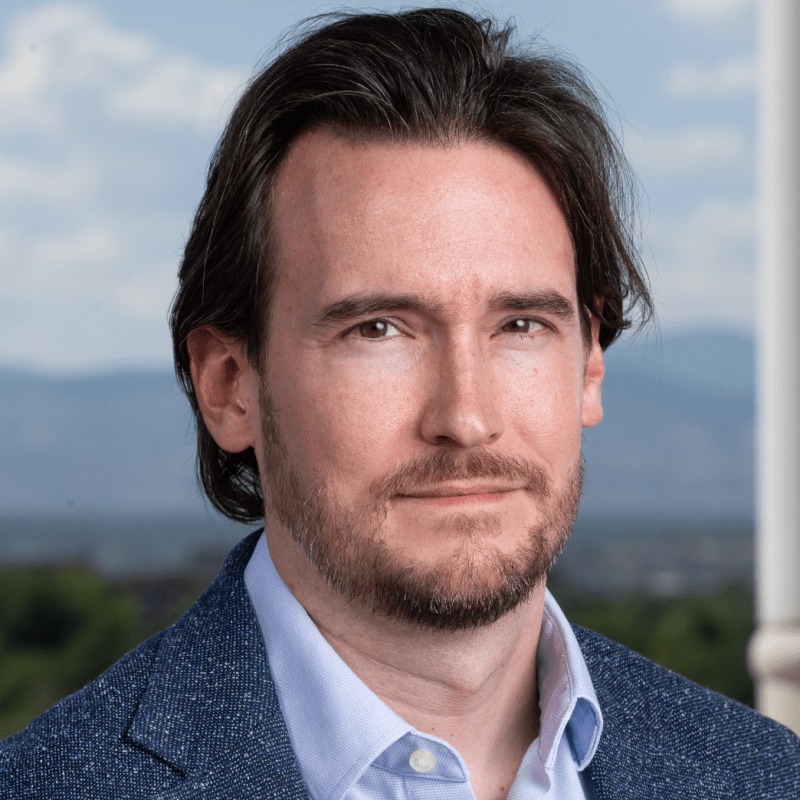In reporting The State Of Colorado's Health Exchange: Progress, Plus Problems, we started wondering how the other, similar 16 state-run exchanges are managing. Here's what we found:
| State | Is it still around? | How much grant money did they get?1 | How are they paying for their system now? | What does the future hold? |
|---|---|---|---|---|
| CA | Yes | $1,065,212,950 | The primary source of revenue is a $13.95 monthly fee on every individual policy sold, reports the Los Angeles Times. | The exchange is tightening its budget with a 15% reduction, says the LA Times. |
| CO | Yes | $183,000,000 | Colorado currently charges fees for insurance plans purchased through the exchange, as well as fees on all health insurance customers. The exchange also expects reimbursement from Medicaid. | The state health exchange board has approved increased fees for consumers. |
| CT | Yes | $173,723,447 | Connecticut funds its exchange operations with the insurance plan assessments, reports the Connecticut Mirror. | The state plans to raise its assessment fee to 1.65 percent, says the Connecticut Mirror. |
| DC | Yes | $155.631,868 | The DC Health Link exchange says its been funding its operations with federal implementation grants. | The exchange is requesting $32.5 million for its budget from the D.C. Council, reports the Washington Business Journal. That's a $3.8 million increase. |
| ID | Yes | $105,290,270 | The Idaho exchange charges insurers 1.5 percent on premiums, reports Boise Weekly. | The state plans to raise the fee to 1.99 percent, effective January 2016, says the paper. |
| KY | Yes | $253,167,439 | The Kentucky Cabinet for Health and Family Services told Kentucky.com the annual $28 million costs are paid through an existing assessment on insurers that previously was used to fund the state's high-risk insurance pool. | Republican gubernatorial candidates all want to dismantle the state's exchange, says the site. |
| MD | Yes | $179,010,821 | "Maryland has not detailed all of its spending," says the Baltimore Sun. "But estimates have put the tab at about $261 million by the end of 2015 — more than 80 percent of it federal money." | A state audit suggests that Maryland misspent federal money and may need to reimburse the government, says the paper. |
| MA | Yes | $193,076,648 | The state has spent $254 million to build and replace its website, most of which was covered by federal grants, reports the Boston Globe. The governor budgeted more than $144 million to run the exchange in 2015. | The website needs $20 million more in renovations, said the paper. |
| MN | Yes | $155,020,465 | Each enrollment includes a 3.5 percent surcharge on insurance premiums to fund the exchange, reports MPR News. | MNsure wants to cut $2.5 million from its budget over the next 3 years, reports NPR News. |
| NY | Yes | $492,891,551 | The state exchange is being completely funded by appropriations by the state for 2015-16, reports Vox. | Health plans will include an average $25 annual surcharge to help fund the exchange, reports WXXI. |
| RI | Yes | $108,225,496 | The state is using federal funds through the end of 2015 to pay for its exchange. The federal government wanted the state to pay $4.6 million, but has since dropped the demand, reports WPRI. | State legislators have approved an average 2.86 percent charge on individuals' monthly premiums and a .059 percent charge for small-business groups, reports the Providence Journal. |
| VT | Yes | $172,202,881 | It costs $51.8 million to operate the state exchange, said the state's chief of health care reform Lawrence Miller. Half of the current money is coming from state funds and half is coming from federal money. | The governor requested $27.7 million to run the state exchange, legislators approved $21.7 million. Some state lawmakers are interested in merging their exchange with Connecticut's, reports Vermont Public Radio. |
| WA | Yes | $293,024,838 | The state gave the exchange $40 million dollars for 2015 and required that any remaining costs through a fee for insurers, according to the exchange's FAQ. | A monthly fee for consumers will rise from $4 to $14 in 2016, reports the Seattle Times. The governor has also set aside $127 million in state funding for the next two years. The plan is still going through the state's legislature. |
| HI | The state is transitioning to use healthcare.gov | $205,342,270 | The state Legislature set aside only $2 million to fund its operations for 2016, which is "a fraction of the $10 million initially requested," noted Pacific Business News. | Hawaii announced June 6 that it will use healthcare.gov to enroll citizens in health insurance. |
| NM | The state is transitioning to use healthcare.gov. | $123,281,600 | In February 2015, CEO Amy Dowd told the Alburquerque Journal that she wasn't planning on asking the state to pay for the exchange. By April, plans for a state-run exchange were no longer being considered | The health exchange won’t have to start paying to use the federal website until 2017, reports the Alburquerque Journal. It could cost $3 million to $5 million annually. |
| NV | The state now uses healthcare.gov | $90,773,768 | Nevada’s health exchange moved its enrollment to healthcare.gov last May. | Now the state is concentrating on solving physician shortages and Medicaid reimbursement strategies, says Nevada Business. |
| OR | The state now uses healthcare.gov | $303,011,587 | Oregon dissolved Cover Oregon on March 6. | It's possible that Oregon may try to join California's exchange, reported the Hill. |
1 Figures on federal grant money via Kaiser Health News.









